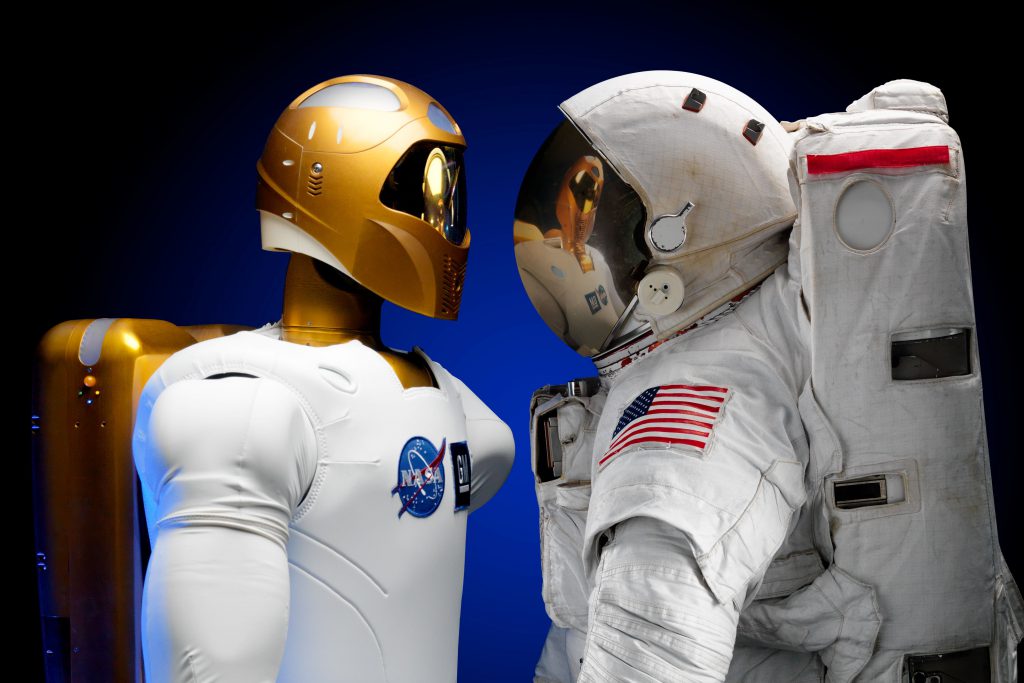Human Autonomy Teaming (HAT)
 The increasing development of autonomous aircraft systems is expected to benefit air travel in terms of safety, reliability, efficiency and affordability. With the aid of autonomous systems, more complex mission related tasks should be completed with less human intervention. Autonomous aircraft tools are intended to provide decision-making support to operators by delegating parts of a task to autonomous systems. Some systems that could provide aid to the operators are route planners, emergency landing planners, and conflict resolvers. Human-Autonomy Teaming (HAT), characterized by collaboration between the human and the autonomous agent rather than just decision support, is essential for interacting with autonomous technology. Through HAT, humans and automation will able to share goals, information and a common language.
The increasing development of autonomous aircraft systems is expected to benefit air travel in terms of safety, reliability, efficiency and affordability. With the aid of autonomous systems, more complex mission related tasks should be completed with less human intervention. Autonomous aircraft tools are intended to provide decision-making support to operators by delegating parts of a task to autonomous systems. Some systems that could provide aid to the operators are route planners, emergency landing planners, and conflict resolvers. Human-Autonomy Teaming (HAT), characterized by collaboration between the human and the autonomous agent rather than just decision support, is essential for interacting with autonomous technology. Through HAT, humans and automation will able to share goals, information and a common language.
In order for HAT to be effective, the autonomous system must be able to communicate and collaborate effectively with its human counterparts. If the technology is not compatible with the human operators, it may create new risks and hazards that threaten the safety and efficiency of the NAS. In order to optimize HAT design methods, metrics must be developed to assess the effectiveness and efficiency of HAT system design. These metrics and methods do not yet exist and the CHAAT lab is in the preliminary stages of testing methods for evaluating HAT effectiveness.
References
Strybel, T. Z., Keeler, J., Mattoon, N., Alvarez, A., Barakezyan, V., Barraza, E., Park, J., Vu, K.-P. L., & Battiste, V. (2016). Measuring the effectiveness of human automation teaming in reduced crew operations. Manuscript in preparation.
